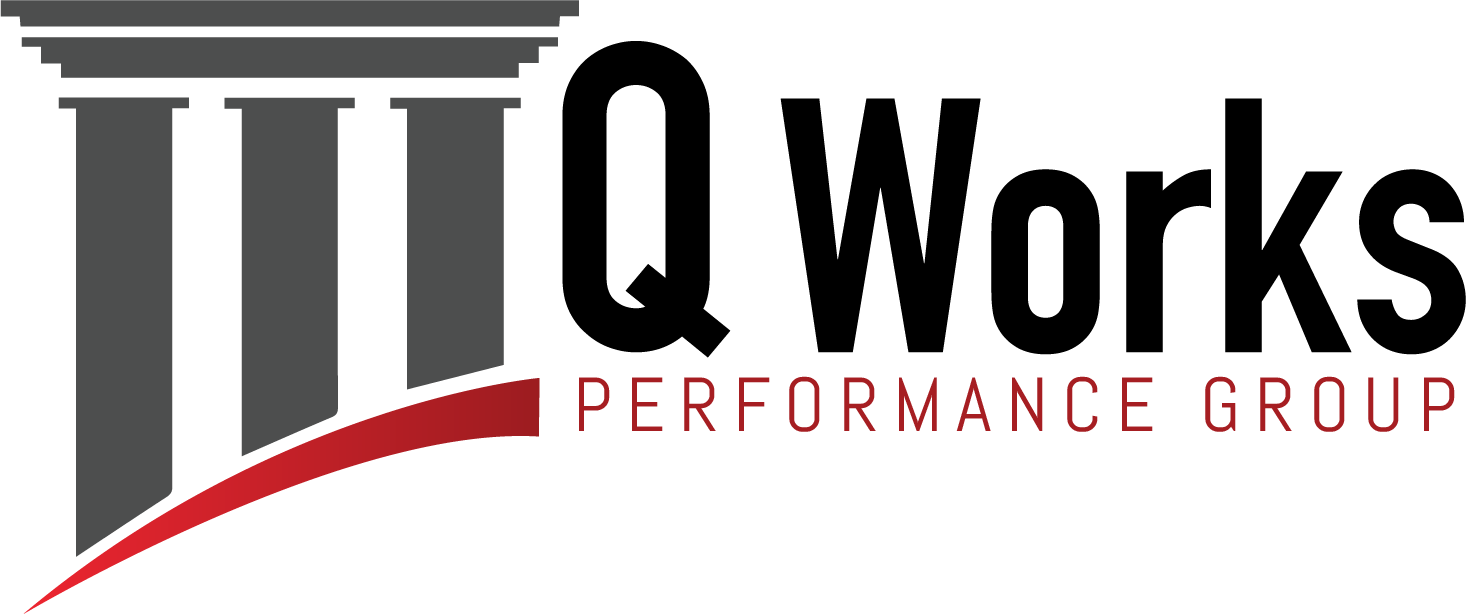Preparing for the Recovery
Michael Clegg | 04/07/2020
Preparing for the Recovery | How to stand out in the job search
Written by: Michael Clegg, Managing Partner of the Q Works Group
Standing out in the job search starts with finding the right fit. That will require matching your resume to the job description that you apply for. Less than 5% of applicants get a job by applying directly to the company and only 2% of applicants get interviews by applying directly. LinkedIn states that almost 50% of people get a job through a referral.
Why are so few people getting a job this way? A primary reason is it has never been easier to apply for jobs. You don’t have to get out of your pajamas to apply for a role. The sheer number of applicants is higher. That also increases the number of unqualified people applying due to ease of the process. However, most of us have heard of Applicant Tracking Systems (ATS). ATS screen applicant’s resumes and often determine if a live person sees your resume. The ATS is a software tool used by Recruiters, Human Resource and Talent Acquisition personnel.
These Applicant Tracking Systems are searching for key words. Each resume is scored to match the number of key words shared between the resume and the job description. This score will determine if you are deemed as “qualified” and make it past the initial screening. When you are building your resume, it is very important to take a much more strategic approach to building it. In fact, be prepared to have multiple versions of your resume. At Q Works Group, I work with our Resume Clients and teach them how to do this on their own based on the roles they are seeking.
Jobscan states that 98% of Fortune 500 companies use an ATS and over 30% of small businesses. (Source: https://www.jobscan.co/blog/8-things-you-need-to-know-about-applicant-tracking-systems/ ) The software behind these tools force rank your resumes among all the applicants. Below is an example from this article of the scoring of key words.
Make sure your resume is in a standard format, chronological order in a .pdf or .docx format. Please avoid putting a picture on your resume. In the U.S., it can raise issues of discrimination and some companies automatically disqualify resumes with pictures. They also do not format well.
After you build your resume, do the same with your LinkedIn Profile. It is your digital resume. 90% of recruiters will see your LinkedIn Profile before they see a copy of your resume. It is important to keep it updated. Here is another article written last year that is an easy template to follow to build/update your Profile. It goes without saying but it starts with a professional photo.
The next and as important item is engagement. Based on our country’s current situation with Covid-19, use this time to prepare for the recovery. There was an old saying your “Network is your Net Worth”. Another saying that I like and even use on my kids is “you are the average of the 5 people you spend the most time.” LinkedIn has made it very easy for us to continue networking during this pandemic through Professional Industry Groups and industry trends which can even be narrowed down to your Geography and people in your industry or role.
The unemployment rate is going to jump to 10%+ due to this pandemic. Based on conversations with Clients that we are having, we expect there to be a surge in hiring during the recovery. Keep in mind, there were over 7 million open jobs before the pandemic. There were more jobs than people to fill them. I’m not saying that we will get back to that as none of us know what the new normal will look like but I do believe the recovery will be swift.
Social engagement can be on any social platform. However, LinkedIn does not have a Professional platform rival. Navigating with new connections should be made a priority. If you are reaching out to connect, make sure you send a thoughtful note as a part of your invite. Don’t spam and send blind connections. Find 3-5 Influencers in your industry and follow them. When they post, comment and share those posts. LinkedIn’s algorithm will reward you for your engagement. Your profile views will increase as well as you will become more visible and others will see more of your activities.
See below, I personally have been testing the above theories and I found it to be true. I’m writing this article on Sunday April 5th, which is the beginning of the week. It appears my numbers are down but it’s only the first day of the week and my profile views will grow as the week does. The week of March 8th, I spent 15 minutes a day on LinkedIn engaging with others. The following two weeks, I did not as my attention turned to my Company due to Covid. However, last week, I spent 10 minutes a day engaging on LinkedIn and this week my goal is back to 15 minutes a day.
Why are profile views important? It’s not a popularity contest by any stretch. Yet, over 90% of recruiters use LinkedIn as their first tool in recruiting talent. The other reason is each connection you make within your industry is another opportunity to build a relationship with a future employer. I shared earlier the data from LinkedIn that half of the roles are filled via referrals. I can personally say that every job that I have had was through a referral. Every single one of them. When you network within your industry, you will increase the likelihood of learning about an opportunity or at a minimum, having a decision maker see your resume. If 1 out of every 2 jobs are filled this way, you need to find ways to increase your chances of that role being filled with you.


